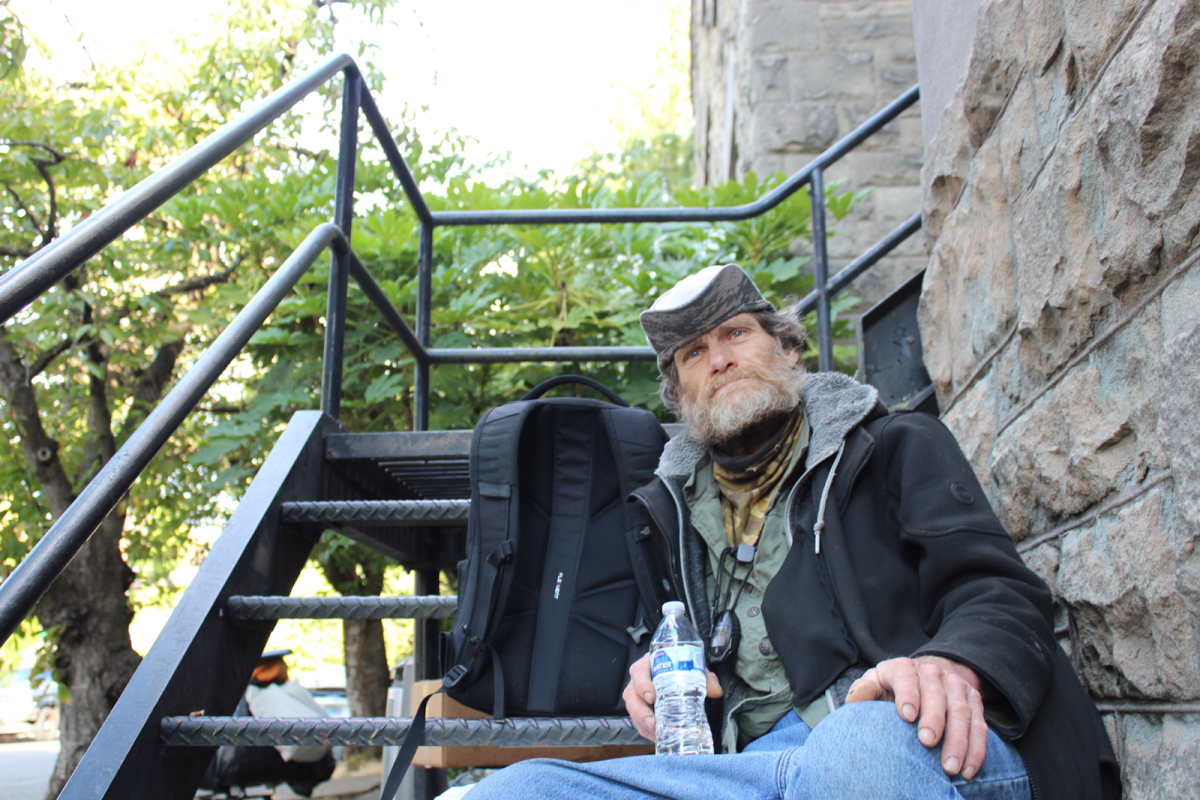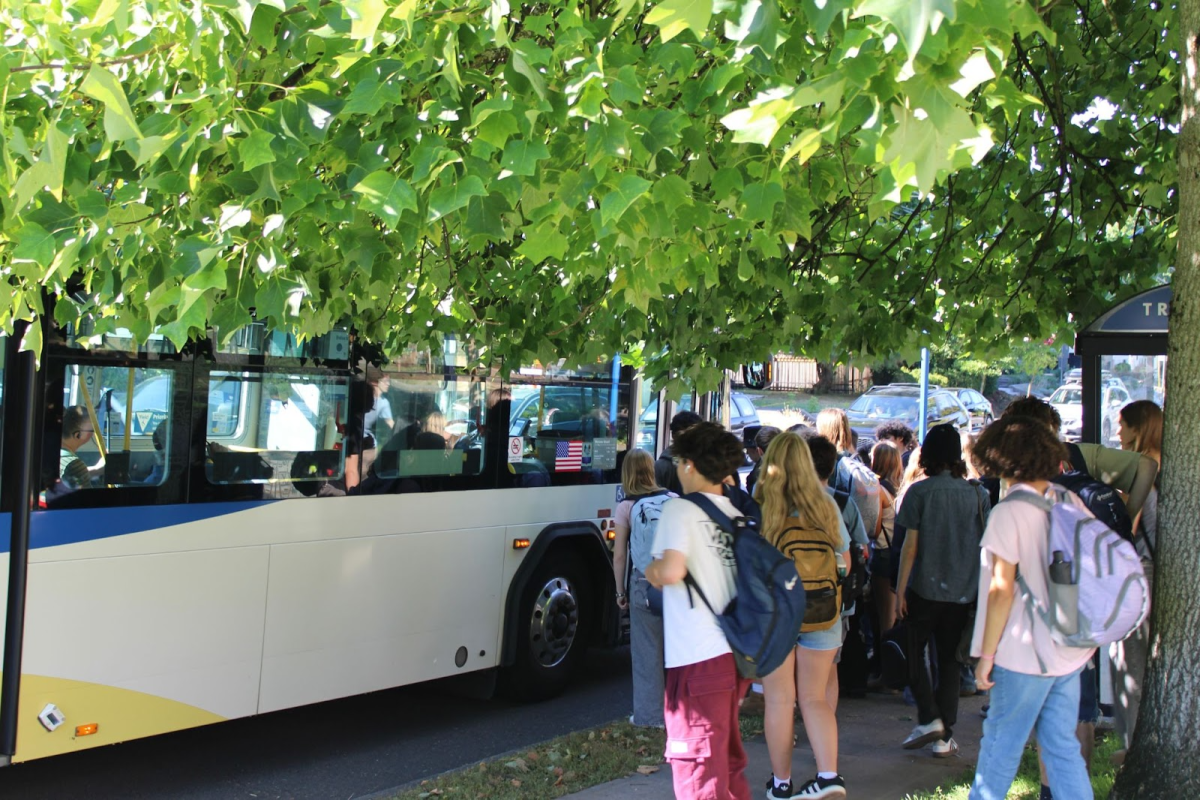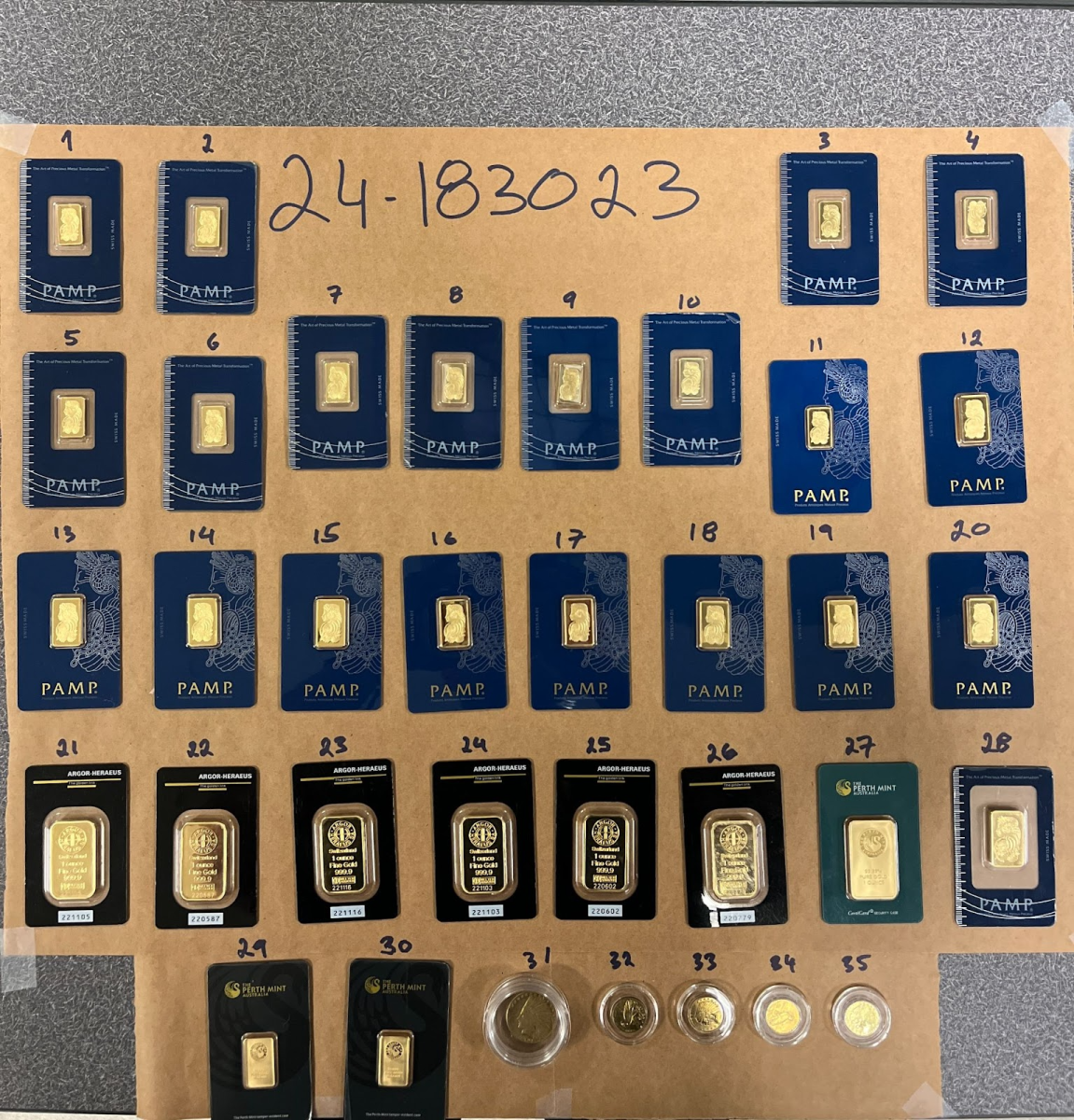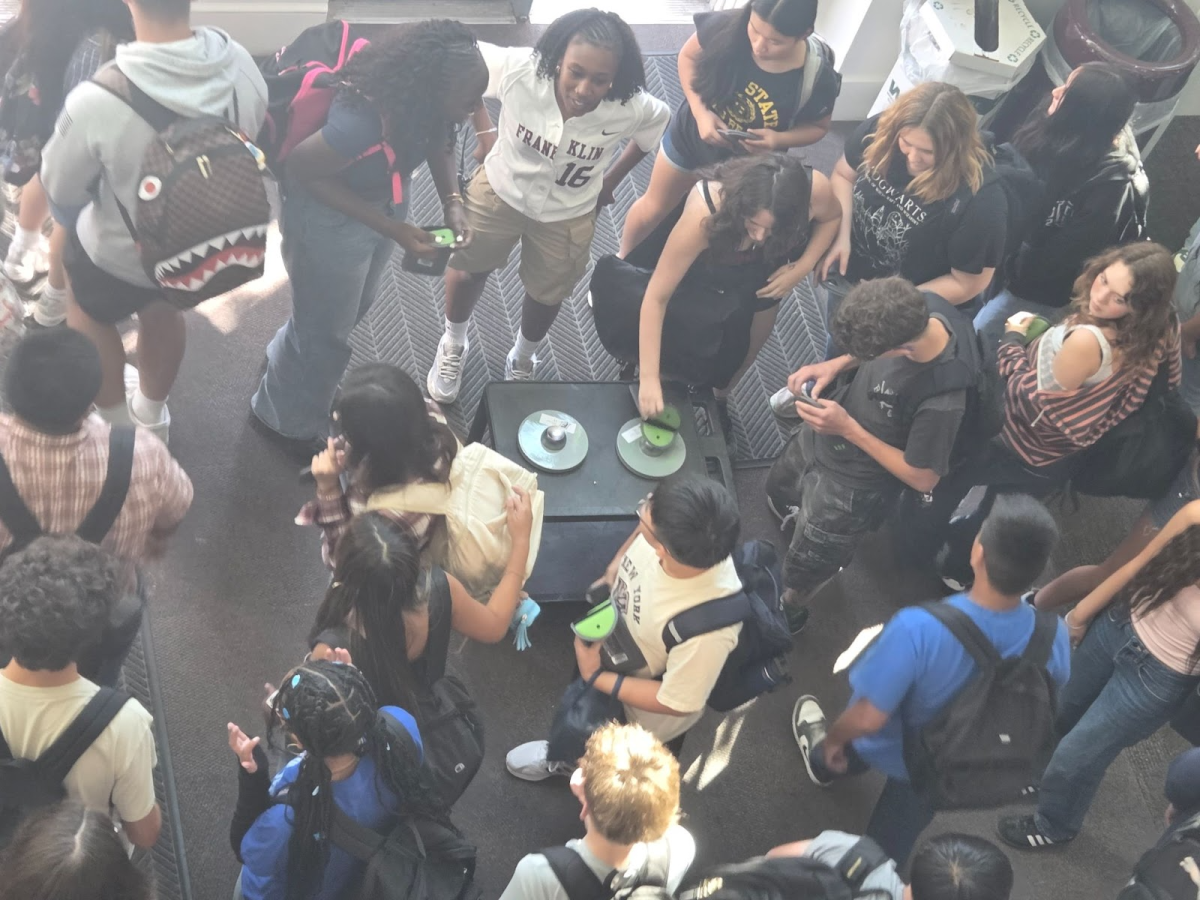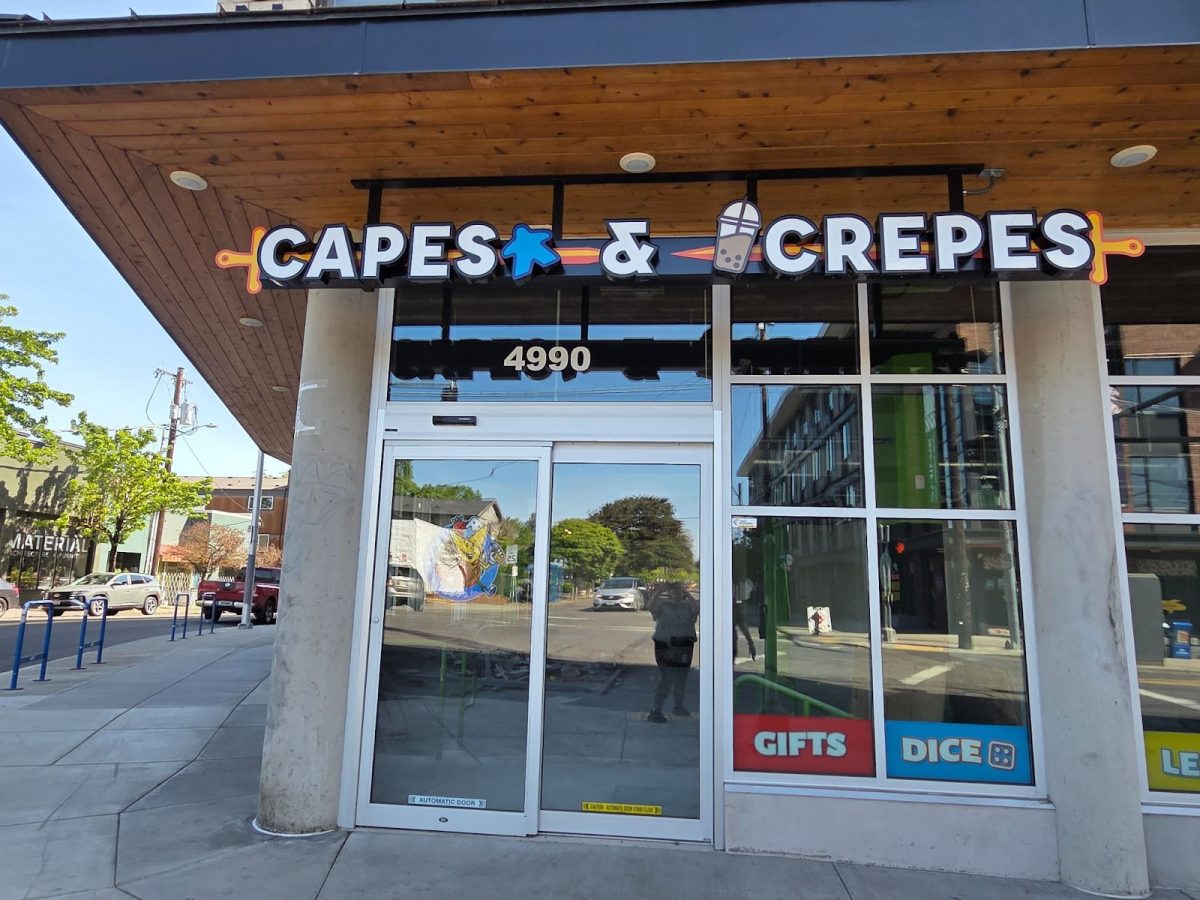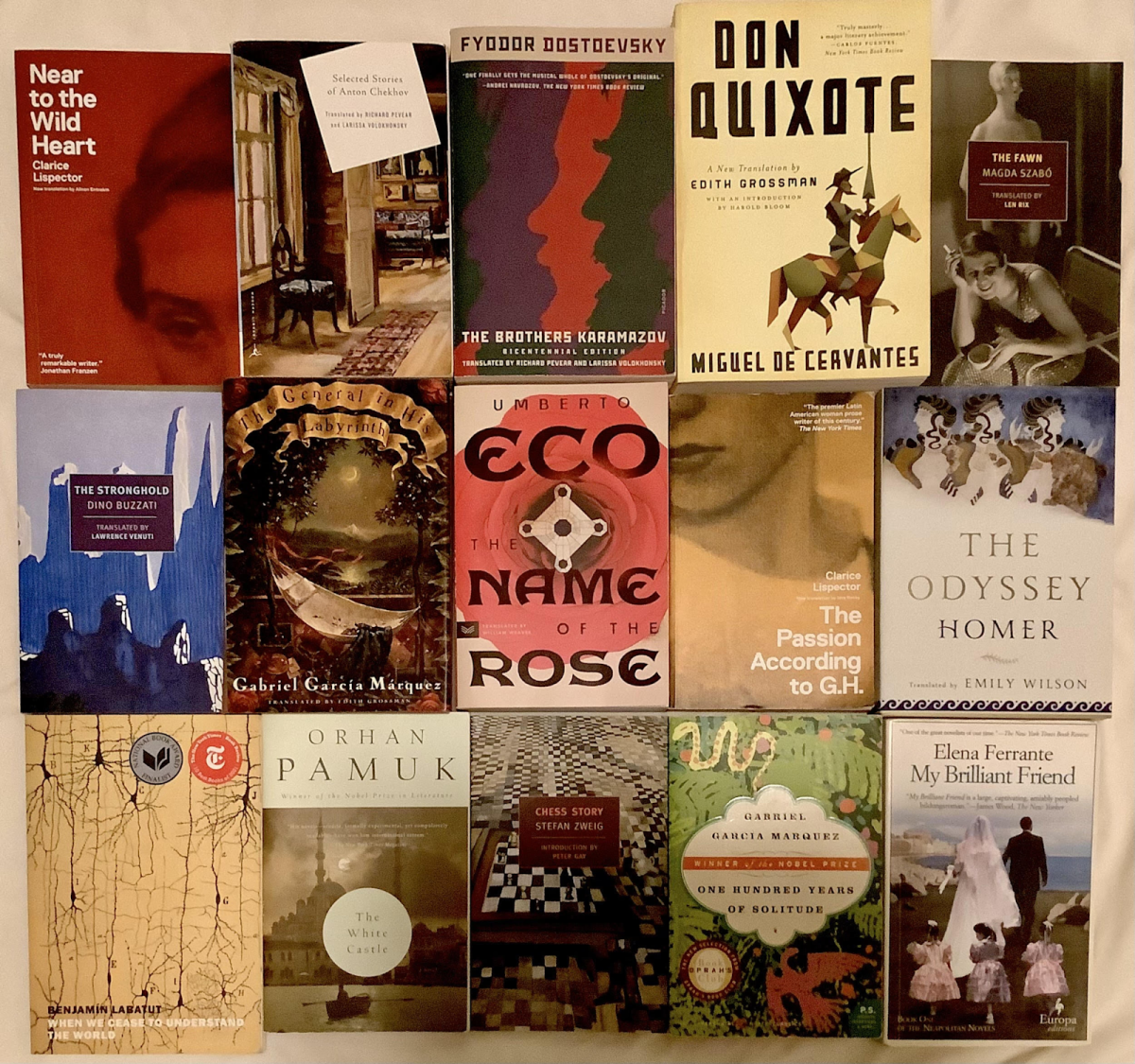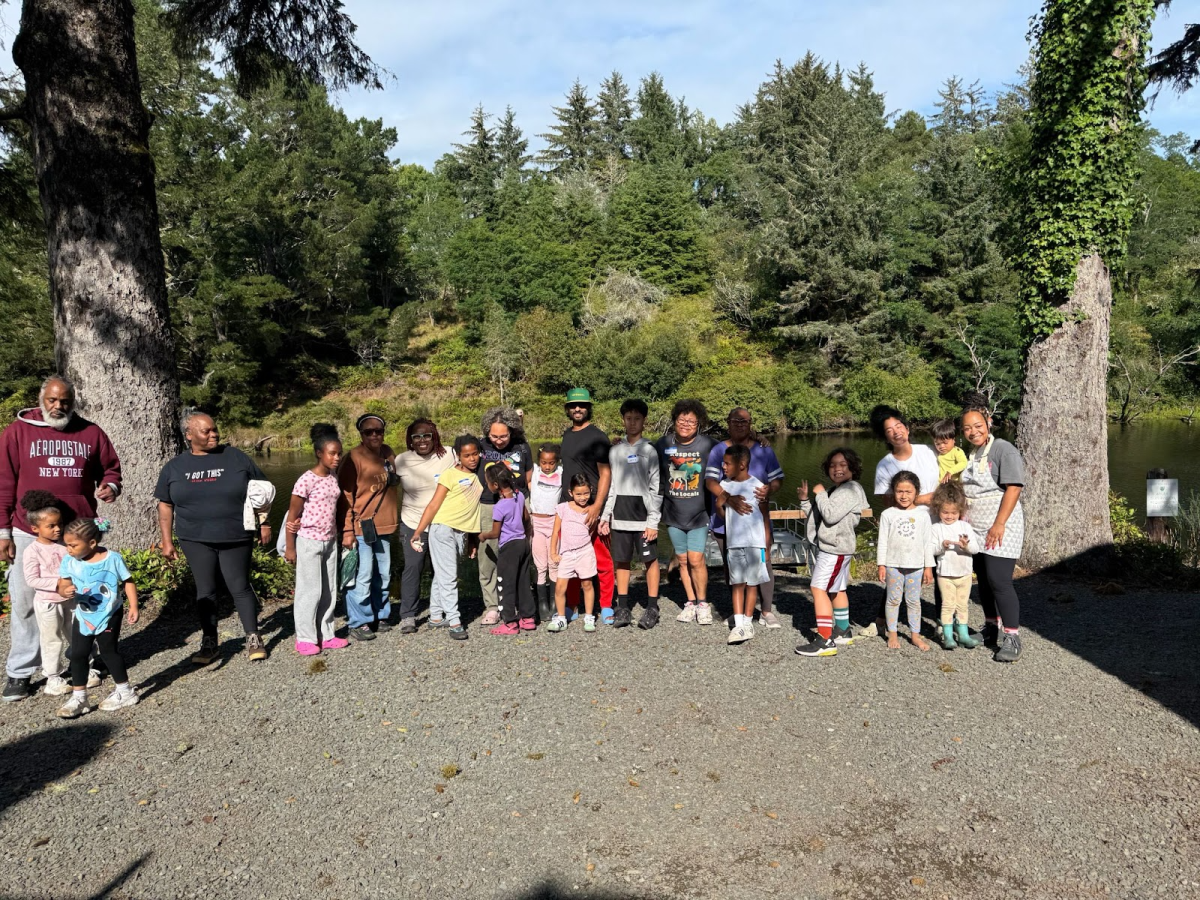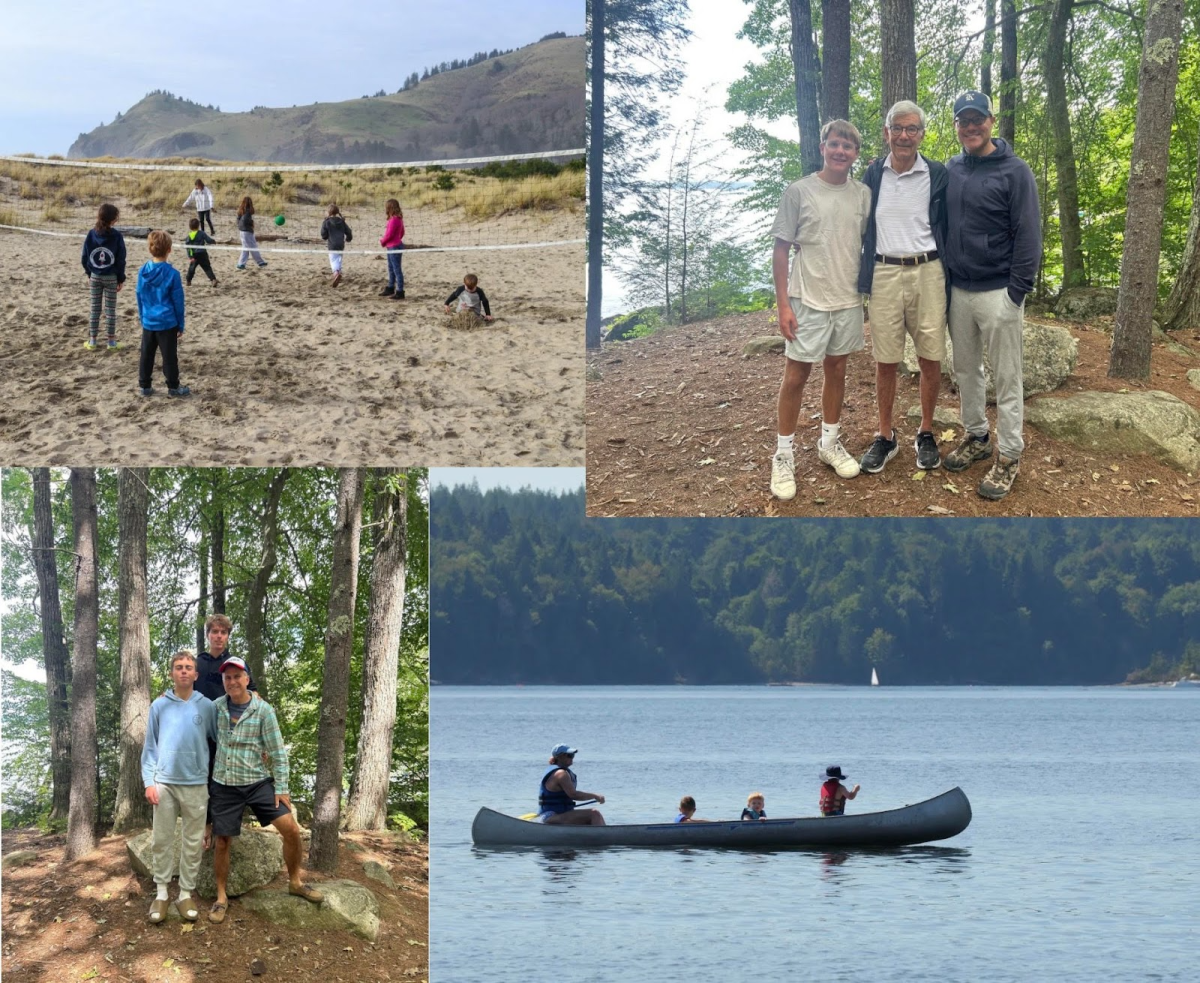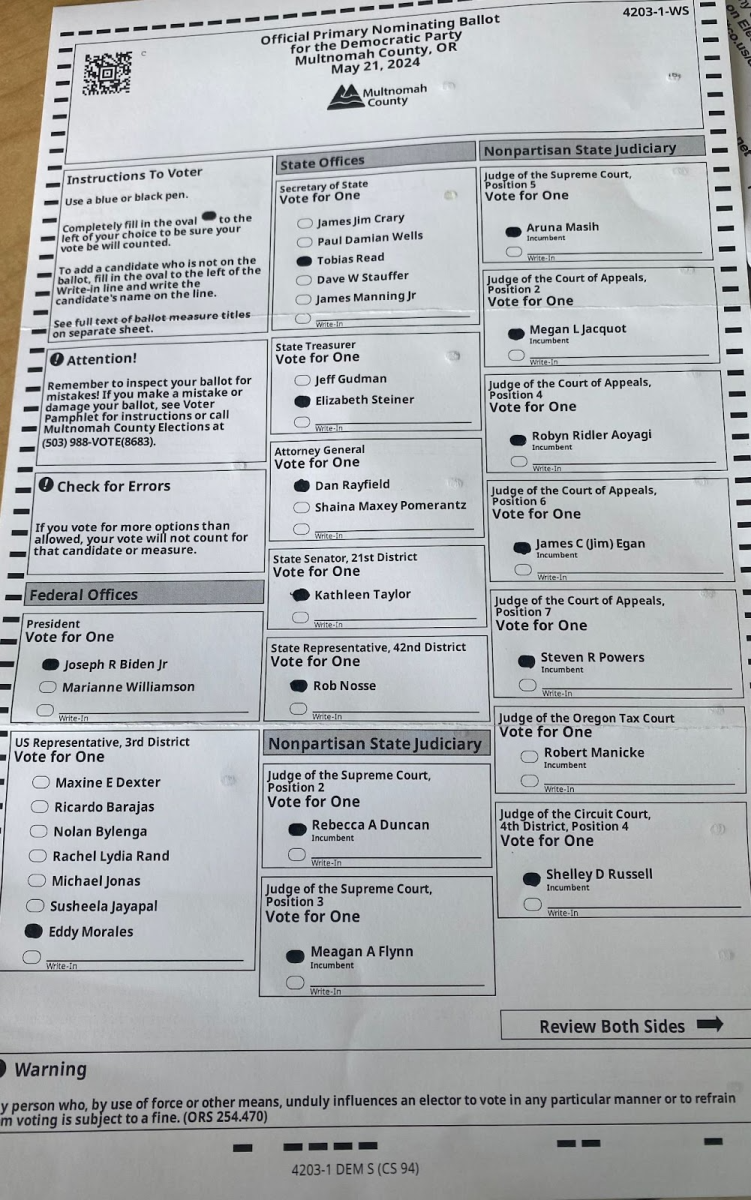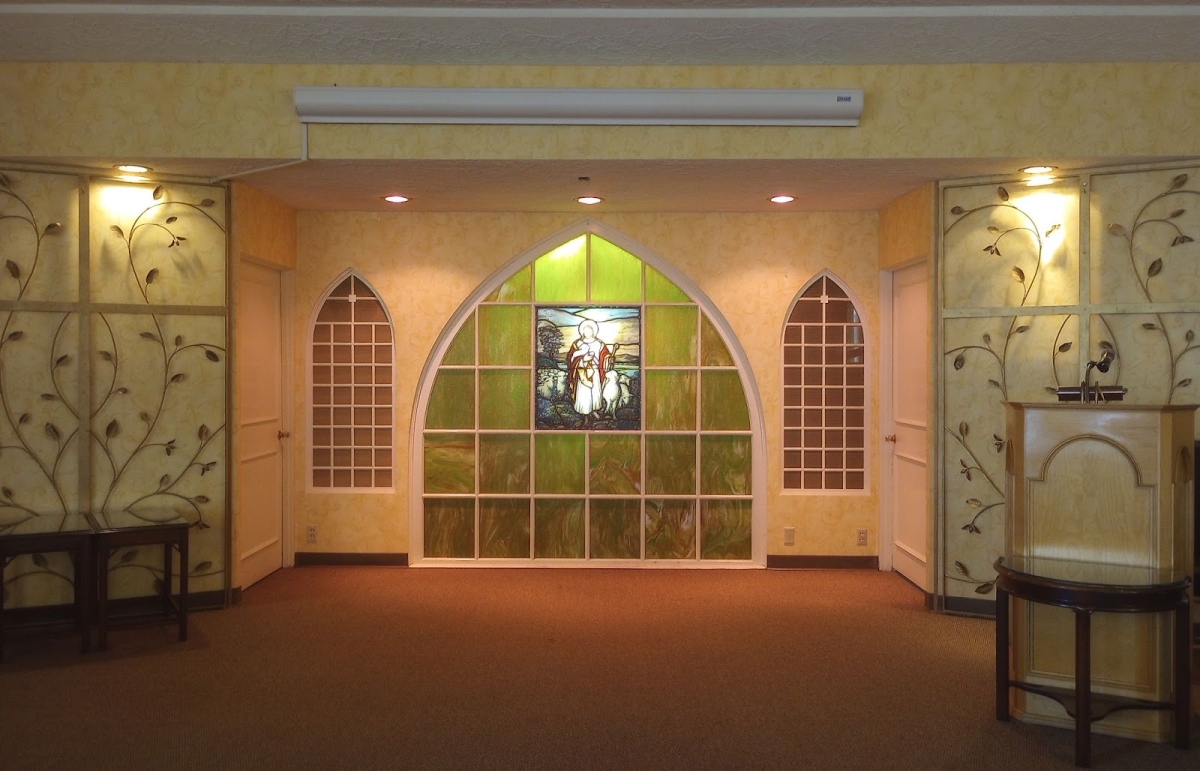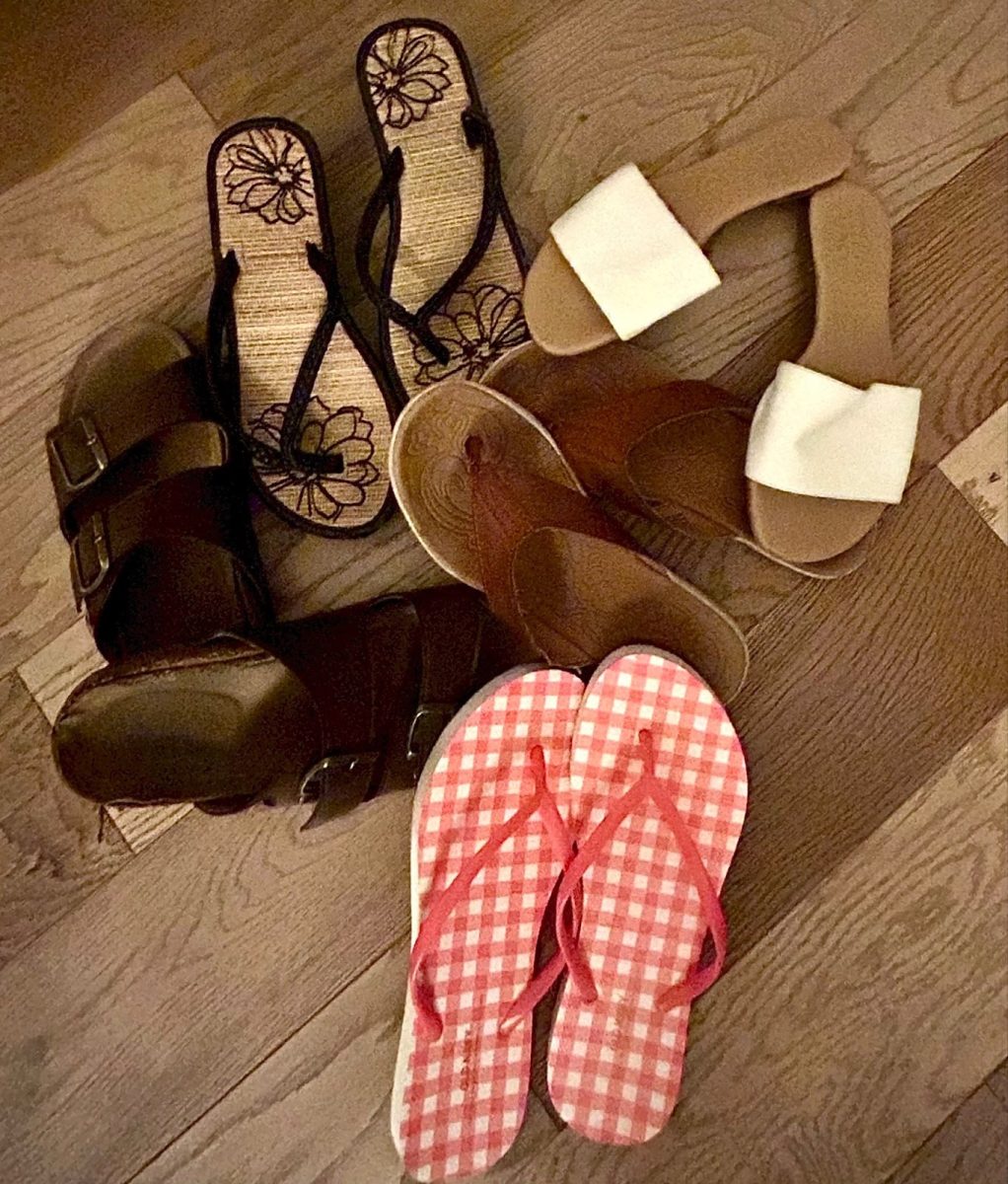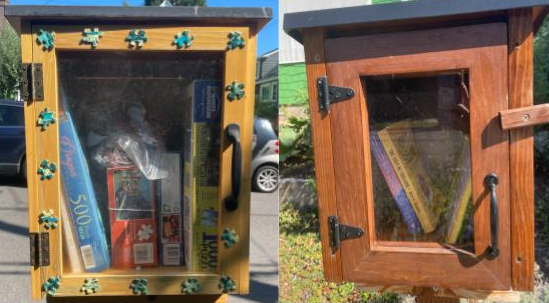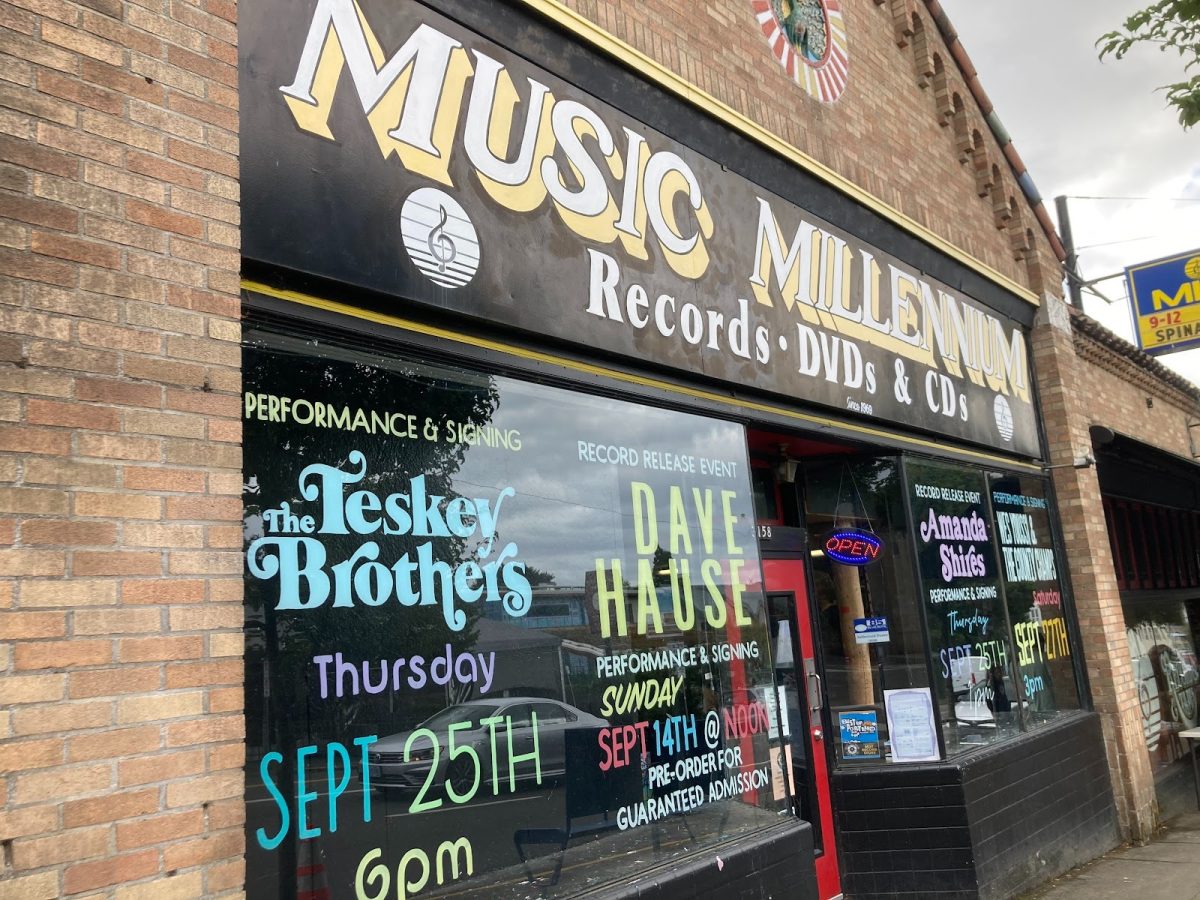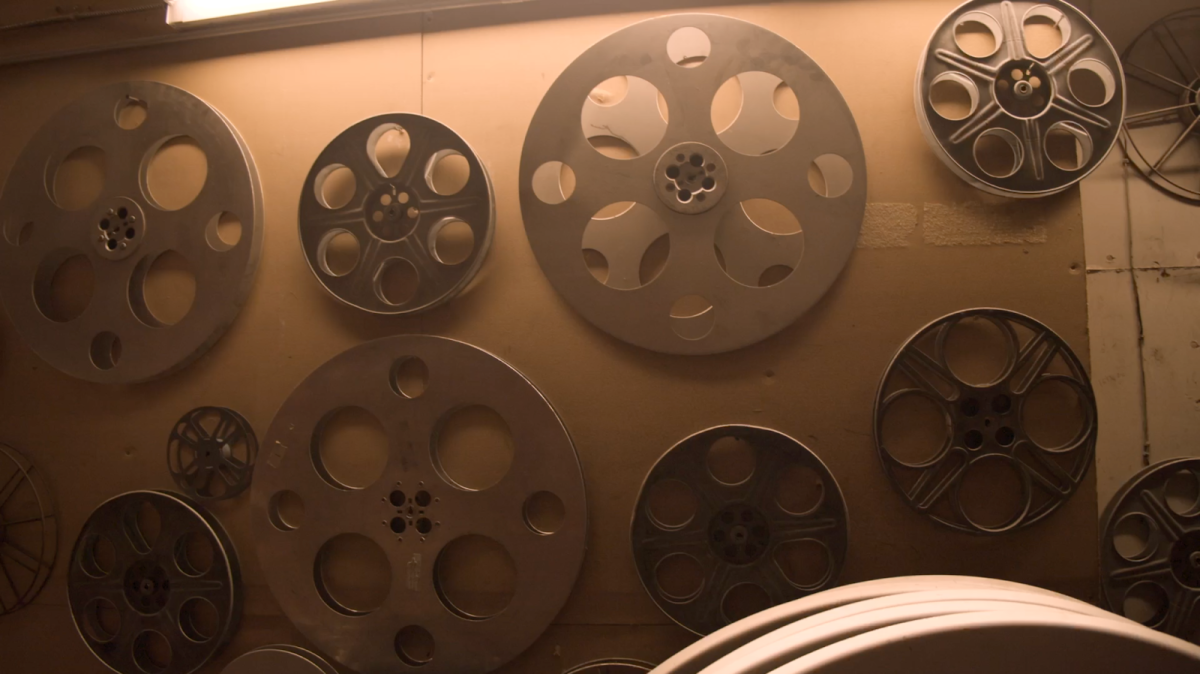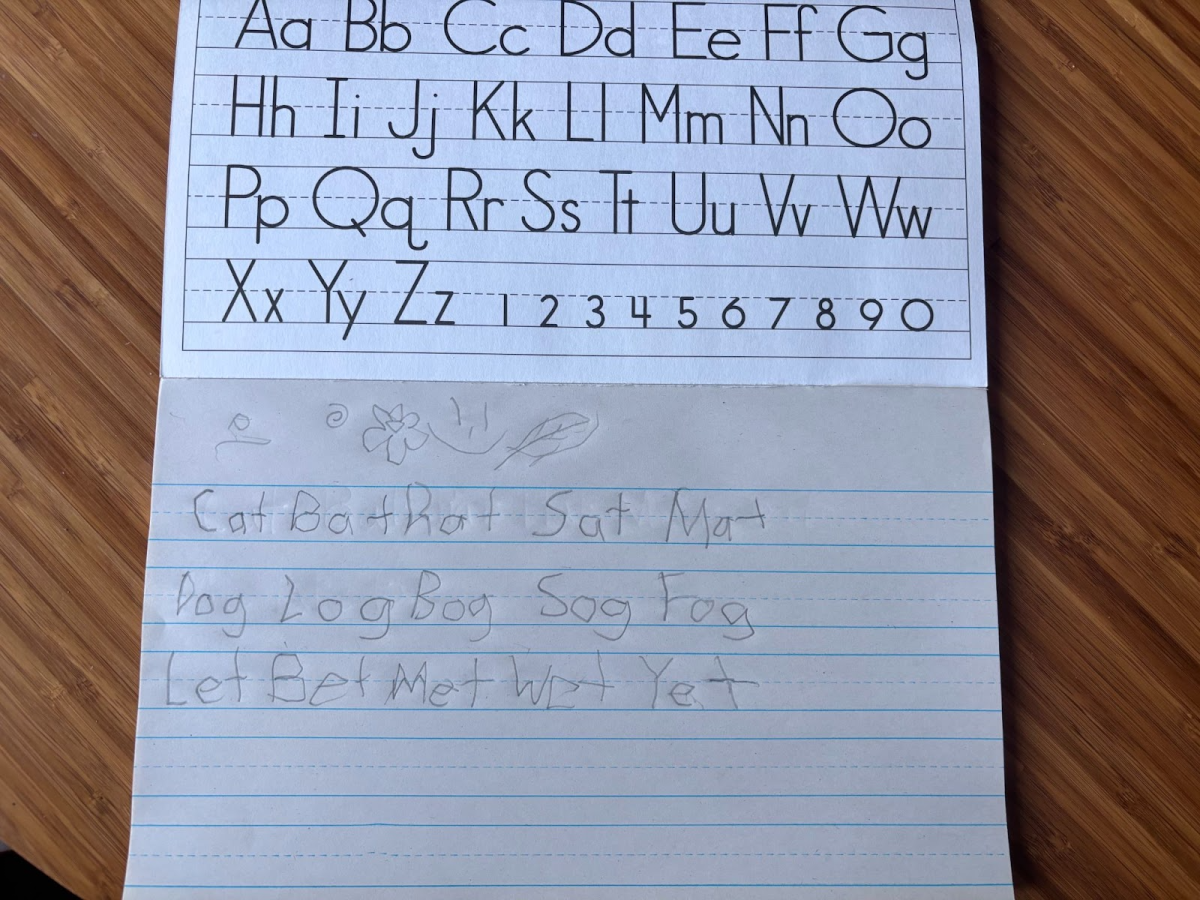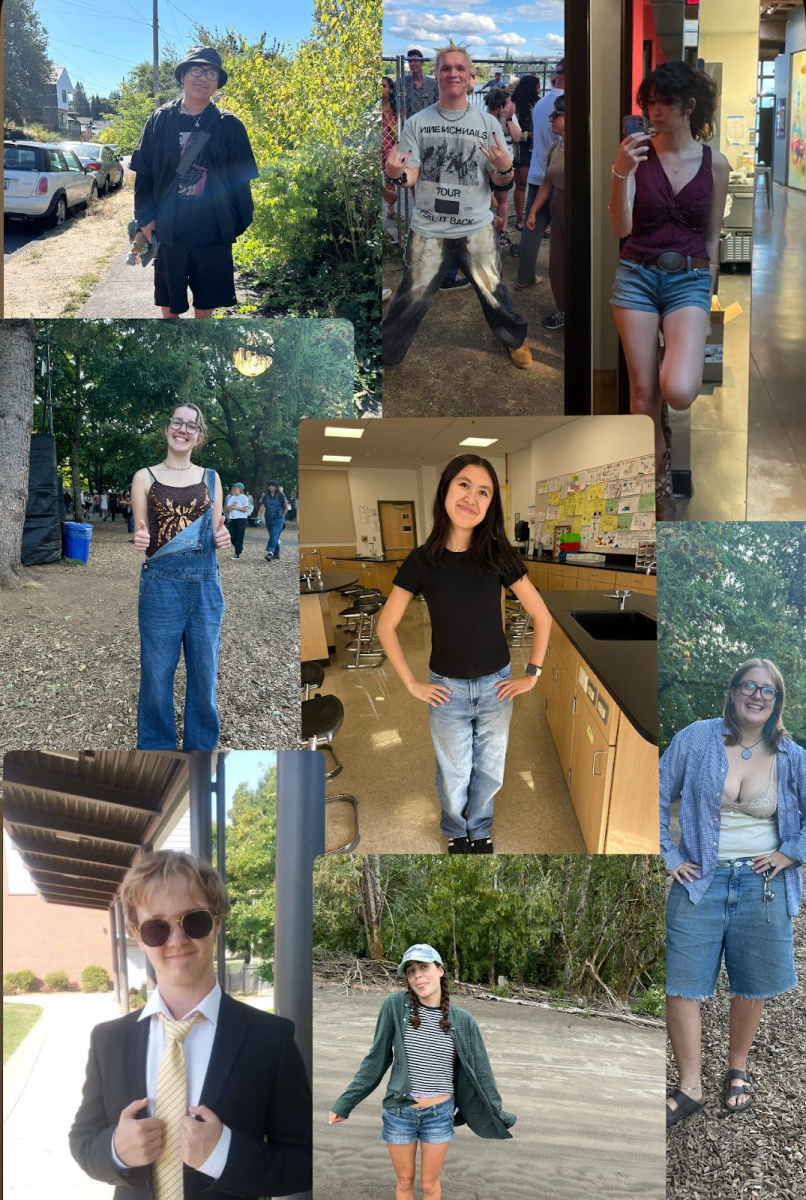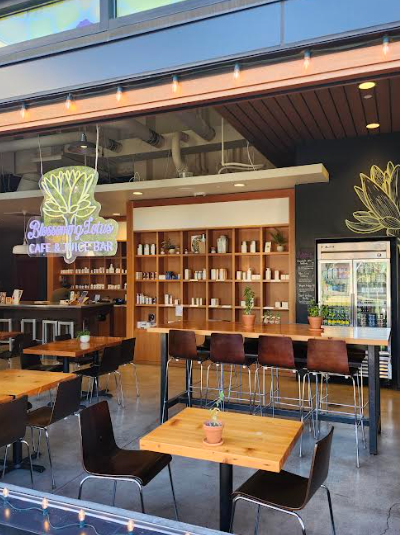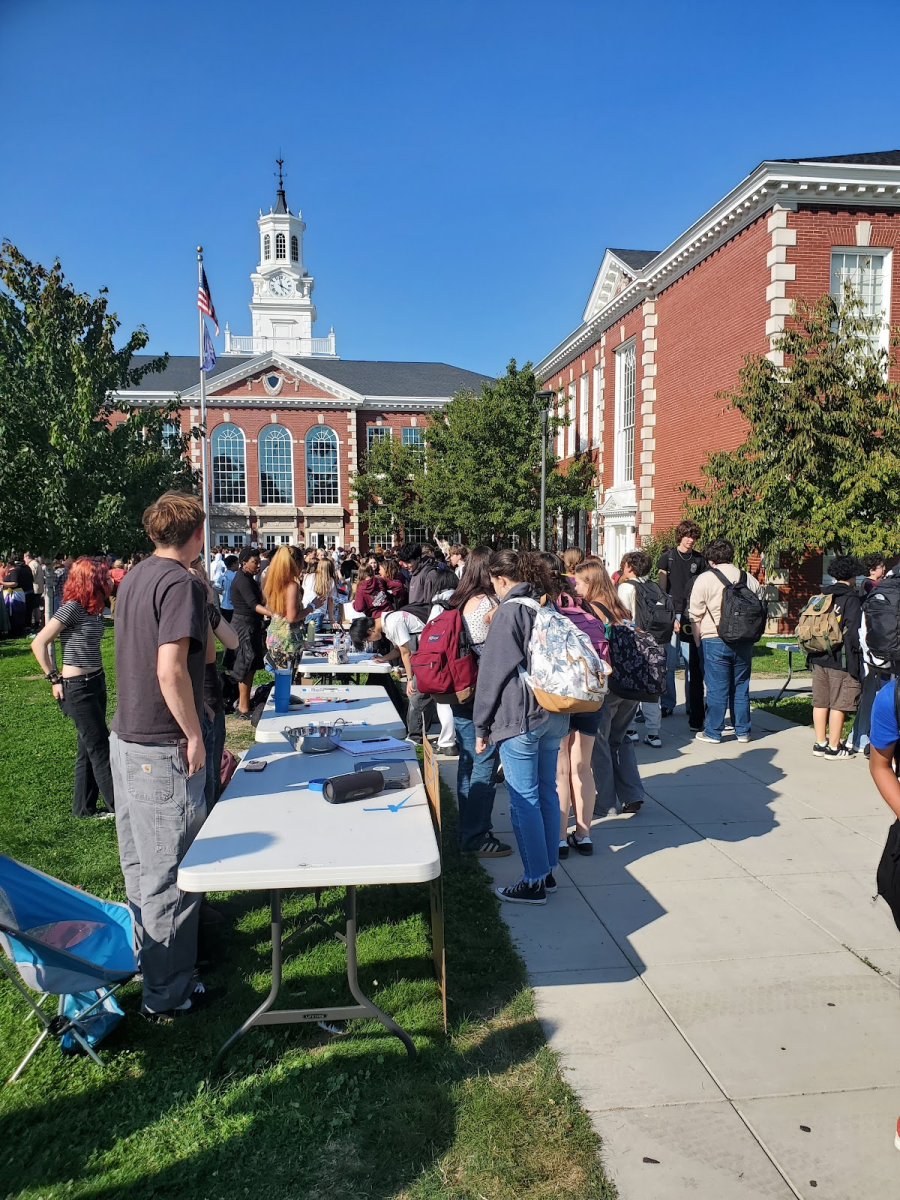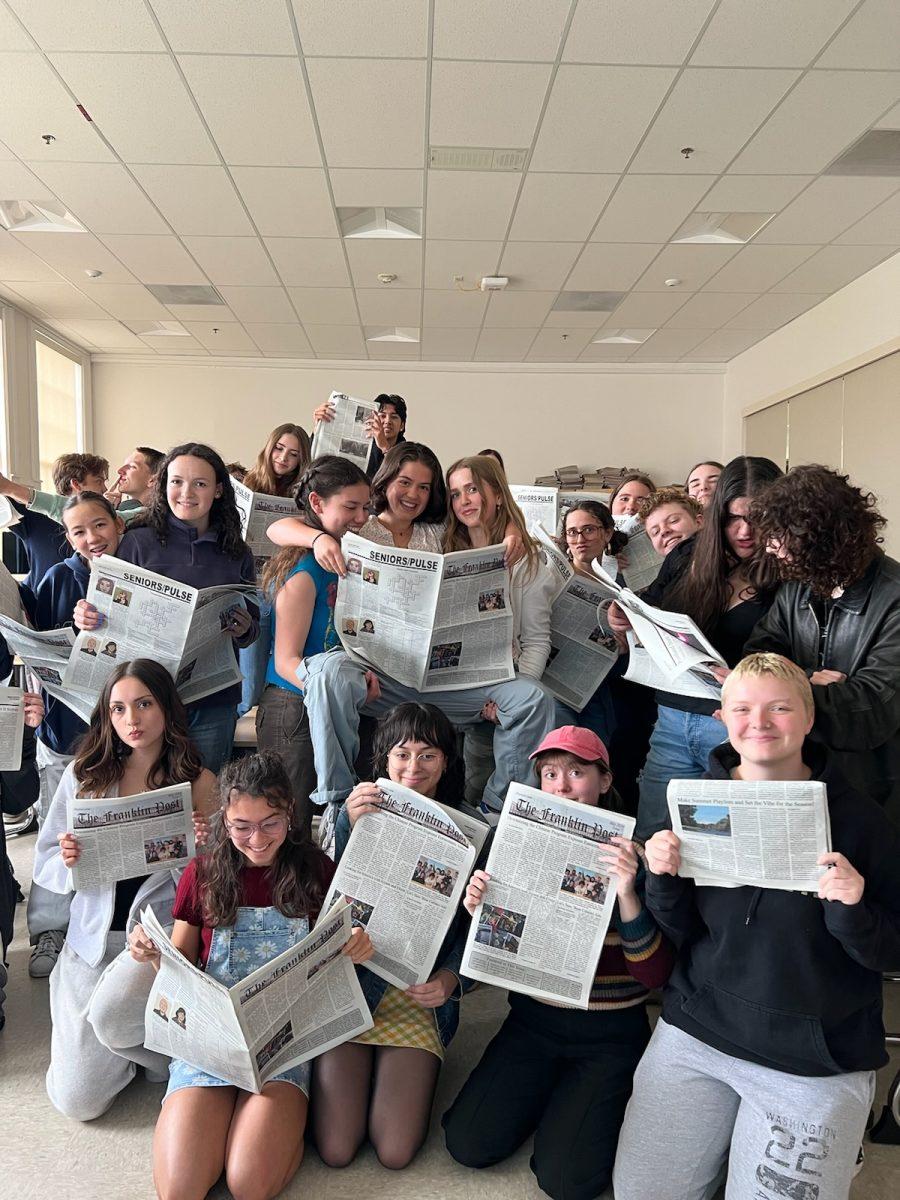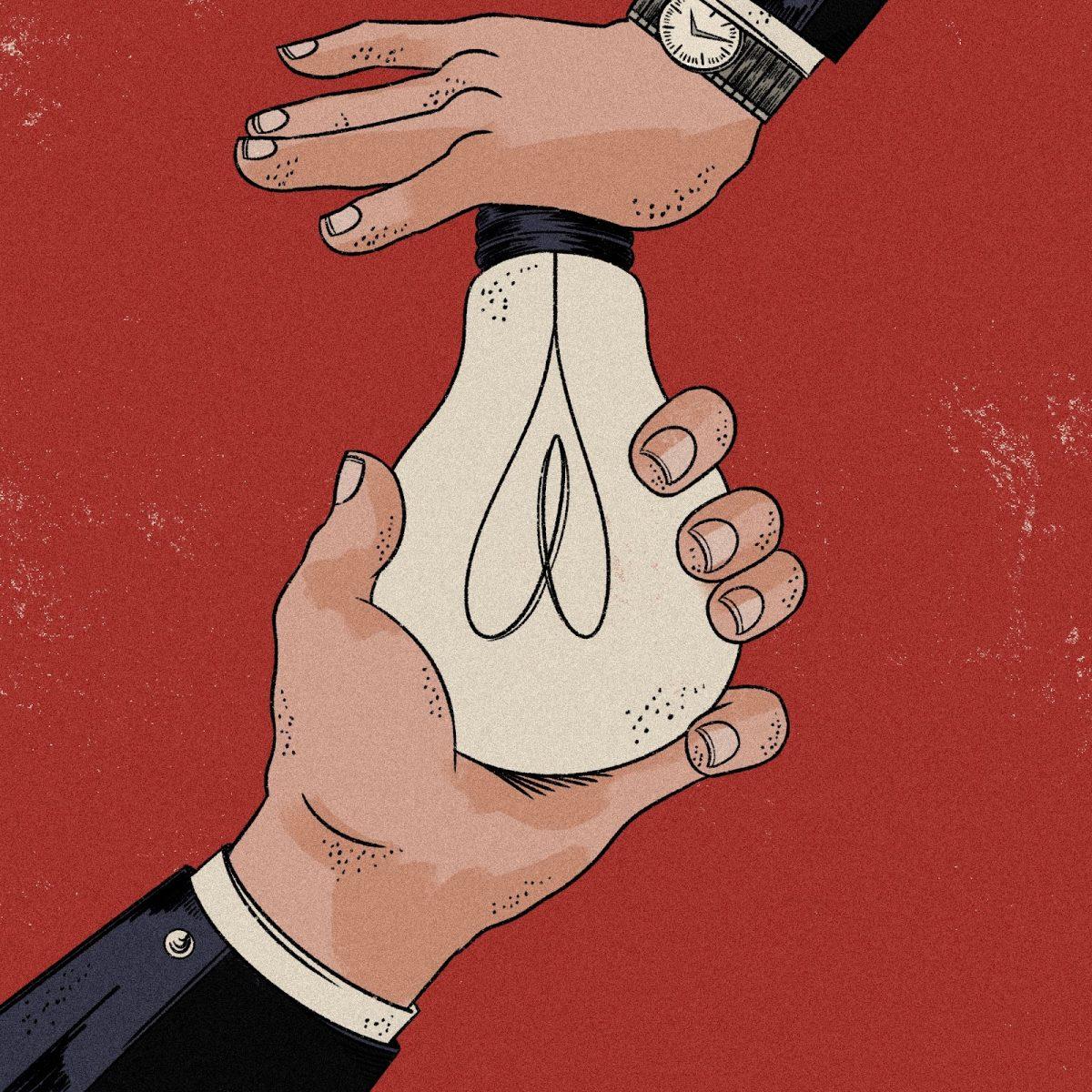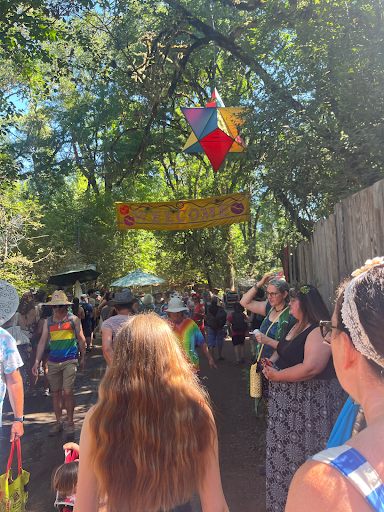
Disclaimer: Microcosm Publishing gifted a copy of this book to use for review purposes.
“Your Cozy Life” is a lovely beginner’s guide to the world of natural DIY. The book is a collection of previous books and zines by Raleigh Briggs, and it’s charming in that very zine-y way, with scanned handwritten pages adorned with doodles and hand-drawn title pages. The book introduces each of its topics with some background knowledge and basics before going into specific recipes and DIY instructions.
The entire book is infused with a personal touch of doodles, puns, and little anecdotes throughout that really encapsulate the sensation of a friend giving helpful advice, rather than a bland instruction book. Elly Blue, a vice president at Microcosm Publishing, agrees, saying that, “It’s like she’s sharing her recipes and tips with friends. It’s literally all hand-written, and you don’t get a sense that any computer was ever involved, at least until her pages got to us.”
As I mentioned, this book is a republishing of some of Briggs’ other works. Blue explains that “Raleigh’s bestselling book ‘Make Your Place’ came out in 2007, right before the recession, and struck a chord with folks who were looking to save money by making their own cleaning projects and growing their own vegetables. It was our bestseller for a decade.”
Briggs’ book “Make It Last” came out in 2012, and according to Blue, it “was just as cool but sold like 4% of what ‘Make Your Place’ did.” Microcosm had been considering ways to help “Make It Last” reach a wider audience and eventually came up with a combined edition of the two — “Your Cozy Life,” a title Blue came up with. “The book is packed with practical skills, but I think this title captures the vibe of it. You just want to hold it in your hand and look at Raleigh’s handwriting and feel comforted that, yes, you can clean your bathroom and fix your toilet and not feel like you’re contributing to the demise of the world,” she says.
“It was a brief, charming process,” Blue says of the republishing, expanding that “[Microcosm] asked Raleigh for an introduction, which she hand-wrote and mailed to [them]. We decided what would go in the book and how many pages it would be.” Blue explained that since Microcosm prints in signatures of 32 pages, they thought for a while that they would have to cut some content to make it work, until they decided to add Briggs’ zine “How to Make Soap (Without Burning Your Face Off).”
I came into “Your Cozy Life” with a decent wealth of background knowledge on a few of the topics, specifically herbal medicines and body care. I found the section on herbal remedies, “Health & First Aid,” to be a solid basic coverage of the topic, with easy-to-follow instructions on creating salves, tinctures, infusions, and more, and there was good advice on what herbs to use for what ailments and purposes. I always recommend cross-referencing multiple sources — at least with a bit of internet surfing — before trying anything on your own body, and this chapter did definitely give me reason to reaffirm that in a few places, such as when Briggs advocates the method of inserting a clove of garlic into the vagina to clear yeast infections. This method has been passed around as folk wisdom in various online spaces for years but is regarded by many doctors to be an ineffective and ill-advised practice all around, according to sources such as Scientific American, The Independent, and The New York Times. However, while vaginal garlic is not recommended by the gynecologists quoted in those articles, it is a widely accepted remedy in certain natural health circles, and is supported by Midwifery Today and many independent women’s health creators. That being said, this wasn’t enough to have me completely discredit the author and her other advice and remedies — it merely reaffirmed my convictions in cross-referencing with credible sources, always searching for sources that disagree, and finding scientific studies where possible. Briggs has a lot of other advice in this chapter that does check out, so overall I would say it was still worth the read, particularly for her fun and helpful organization of herbs based on symptoms or ailments.
This cute and clear style of hand-drawn graphic organization comes into play again in her chapter “Gardening,” which I was a little less familiar with but found to be one of my favorite sections overall. Briggs makes gardening feel accomplishable, and she describes concepts in ways that are very beginner-friendly. This section was a fun and honestly inspiring read, which genuinely had me daydreaming about yard work — not the easiest thing to accomplish. I look forward to employing some of the techniques Briggs described to grow some vegetables and herbs of my own.
Another chapter in the book that stood out, “Non-Toxic Cleaning & Body Care,” goes in depth on how to naturally clean every part of your home and person. I particularly enjoyed the body care section, but I don’t generally like cleaning too much, so perhaps that was to be expected. The body care section kicks off with another great graphic, a table detailing which essential oils work best for different types of skin and hair. This section did not cover any soap-making however — that intensive, lye-based project only comes up in the final chapter, aptly titled “Soap.” Briggs’ instructions were definitely clear and well done, as were her safety warnings. I’m personally a bit too scared to try my own hand at soap-making for the time being, but if I ever did, then I’d pick this book back up.
Now all that leaves are chapters four, five, and six, “Clothes,” “Food,” and “Home.” I was really excited for the clothes section, as I’ve been looking to get into mending for a while, and that’s what this chapter focused on. However in all honesty I was a bit disappointed by the instructions, finding them a bit unclear, and for once, the diagrams only made things worse. I found the food section to be much better. It discussed various storing, preserving, and processing methods including canning, jamming, dehydrating, fermenting, salt-preserving, and jerky-ing. Another chapter of things I’m more familiar with — I recently started my first jar of Sichuanese paocai, a type of pickled Chinese vegetables, and it’s going fantastically — but I was very excited to learn more about canning vegetables, salt-curing fish, and making my own jerky, and I thought this chapter did a great job explaining those things. The home chapter discussed home repairs, and I found it to be well laid out and useful.
Overall, I think the book was a charming and informative guide that’s welcoming to beginners in the world of natural and sustainable home and body practices, and it’s a good addition to the shelf for folks of any level. As Blue puts it, “The biggest thing I get from Raleigh’s work is the encouragement, that this stuff isn’t complicated. You can build an herbal first aid kit, grow veggies in your garden and preserve them, clean, or fix anything, and it doesn’t have to take over your life, be super complicated, or involve making your home picture-perfect or living up to anyone else’s standards.” Blue and I both would recommend the book to anyone feeling “burnt out and want[ing] a few small things they can do to feel better in their life right now.”
